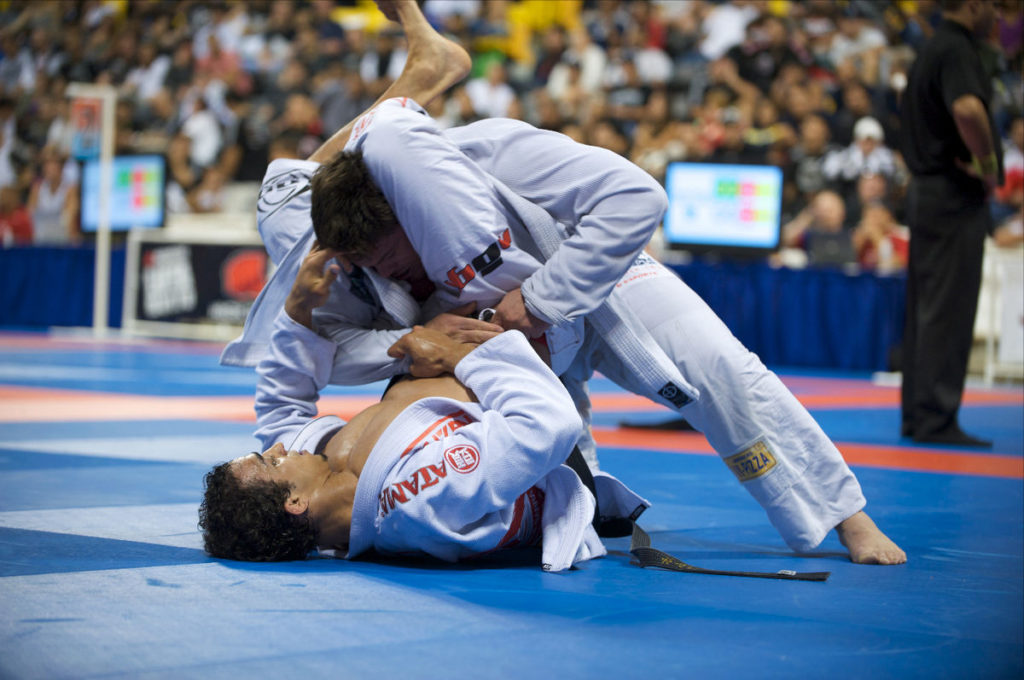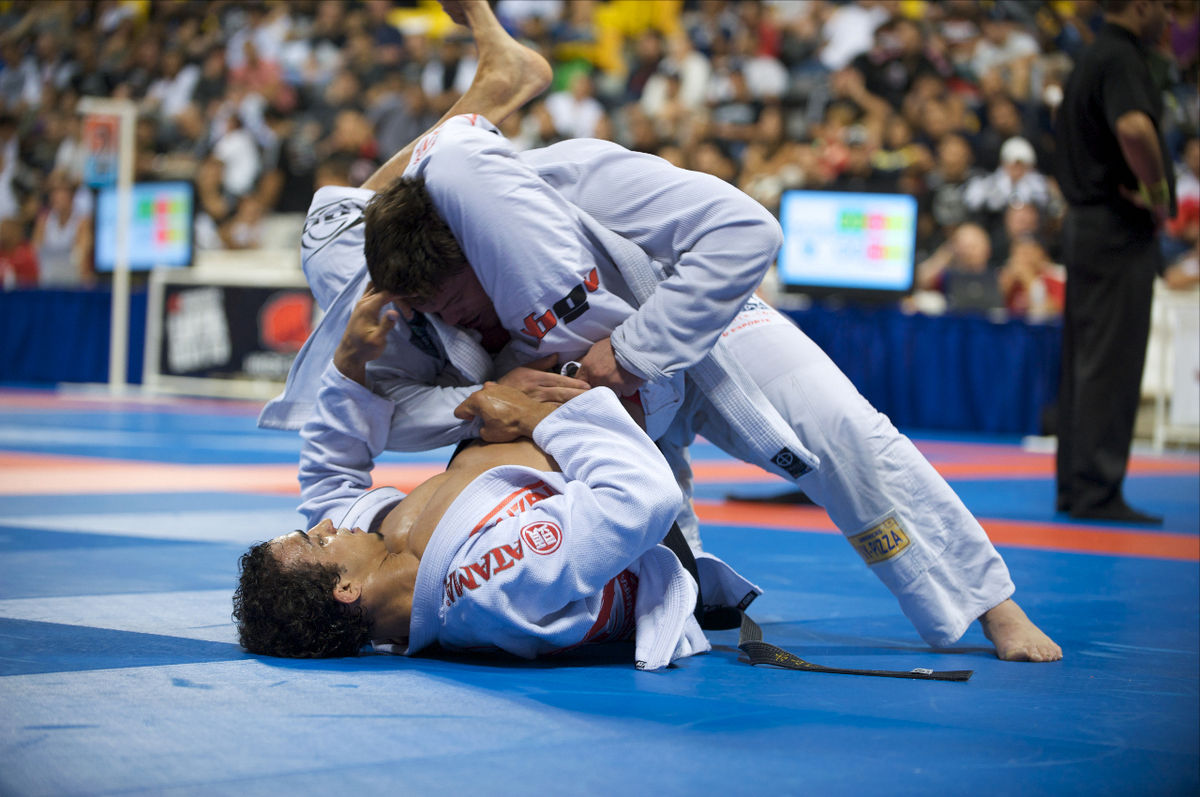
Becoming good as a martial artist is about becoming good at different aspects of it. When it comes to BJJ you are not a complete martial artist unless you are good at both no-gi and gi BJJ. Even though there is a major difference between the two, to be good at BJJ and improve your skills as a BJJ practitioner, you have to be good at both. Of course, this is when you appreciate and participate in both.
What I would suggest is that you start with no-gi BJJ and once you are good at it switch to traditional gi BJJ. Because going from gi to no-gi BJJ many practitioners have difficulty adapting to the changes. You can do otherwise if you are comfortable with that. This will take a lot of time though, so here we are going to tell you some techniques you can improve your gi and no-gi skill simultaneously. Get men’s and women’s BJJ gi and other martial art gear and apparel from Elite Sports.
Improving oneself
How well you can perform challenging BJJ techniques defines your physical ability. While training this is often forgotten. Improving your ability to perform certain techniques in BJJ, especially the ones you are not comfortable doing, will polish your skills. For instance, if you aren’t able to execute inverted and upside-down moves, then work to improve and better at it. Learn and master the moves you have been avoiding or haven’t performed in years.
Our goal here will be to not let any technique pass because it seems difficult or you don’t want to do it. And improve endurance and stamina so you can last longer in the game without getting exhausted.
Techniques should not depend just on grips
Relying on grabbing the gi and grip strategies is the reason why many traditional BJJ practitioners have difficulty transitioning to no-gi. The solution is simple, your techniques should not rely on grips only. For instance, guards like spider and lasso are excellent in traditional BJJ, but they won’t work in no-gi BJJ.
So, your focus should be on techniques that work well with both versions. It does not mean you should ignore gi-only techniques. Develop your game that stops or takes an opponent down without grabbing the GI but take advantage by grabbing the GI when you have to.
Work on your escape techniques
Developing proper escape techniques is important because you cannot rely on last-second submission escapes. While in no-gi most of the submission defenses do happen quicker than you would be expecting it. However, you can be saved sometimes from even that just because of the poor form you would be holding or the speed at which no-gi matches happen.
But when it comes to the gi the speed is much slower and your opponent has a lot of fabric to the grip by which they can control and keep the submissive position. Thus, chances of escapes and scrambling are limited. To be good at escapes you have to rise above from the thinking of finding openings to escape and work on real proper escape techniques.
Overhooks and under-hooks are important
Understanding the importance of under-hook and overhook is the key to march towards success. How can you sweep someone on the side if you don’t know the overhook control. These are not just about the offense, hooks also teach you the importance and skill of great defense against these attacks.
Conclusion
Practicing both the gi and no-gi is how you will learn the important techniques and skills required to be a better BJJ practitioner. Developing and mastering techniques like submission, guards, escape etc. by practicing both is how you will be a master at how to avoid getting into danger. Everyone starts at the beginning, just be patient and keep on improving and you will be eventually there.
